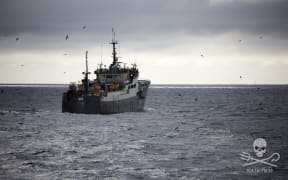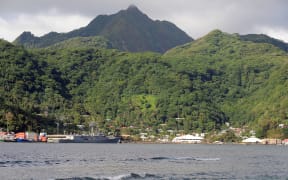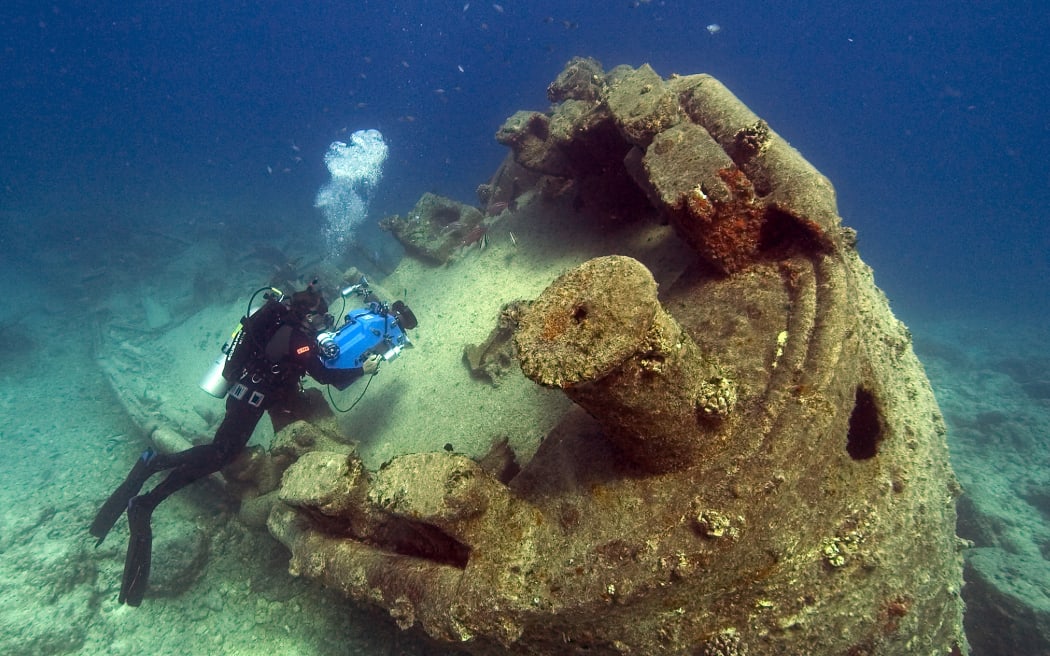
Papahanaumokuakea Marine National Monument Photo: NOAA Office of Ocean Exploration and Research
The United States president, Barack Obama, will travel to a remote atoll in the middle of the Pacific this week to recognise the creation of what will become the world's largest marine reserve.
The White House last week announced that the Papahanaumokuakea (pronounced Papa-ha-now-moh-koo-ah-kay-ah) Marine National Monument will quadruple in size to cover more 1.5 million square kilometres of ocean to the northwest of Hawaii.
"This diverse ecosystem is home to many species of coral, fish, birds, marine mammals, and other flora and fauna," the president said in his official proclamation. "In addition, this area has great cultural significance to the native Hawaiian community to early Polynesian culture worthy of protecting and understanding."
Brian Schatz, a Democratic Senator from Hawaii, who formally proposed the expansion in a letter to Mr Obama in June, welcomed the announcement: "This is one of the most important actions an American president has ever taken for the health of the oceans," he said in a statement.
"Expanding Papahanaumokuakea will replenish stocks of 'ahi (yellowfin tuna), promote biodiversity, fight climate change, and give a greater voice to native Hawaiians in managing this resource."
The sanctuary was first created by President George W Bush in 2006 and declared a World Heritage Area in 2010, but Mr Obama's announcement, which will be formally made when he visits Hawaii and Midway on Wednesday and Thursday, will more than quadruple its size to about 1.5 million square kilometres, double the size of the state of Texas.
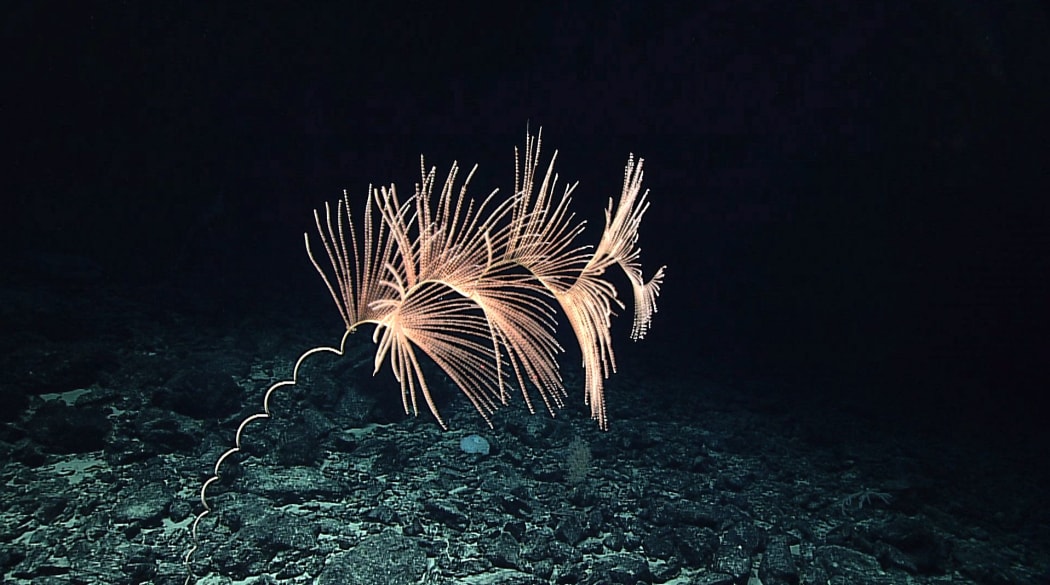
The largest known gorgonian coral in the world, this Iridogorgia bella (a type of octocoral) was discovered at 1,366 meters (4,482 ft) in 2015. At close to 6 meters in height, this coral is the size of an adult giraffe. Photo: NOAA Office of Ocean Exploration and Research
Commercial fishing and mineral extraction such as deep sea mining will be prohibited within its boundaries, but scientific exploration, recreational fishing and subsistence fishing by native Hawaiians would be allowed by permit, the White House said in a statement.
The monument is one of the Mr Obama's grandest environmental statements as he works to cement his post-presidential legacy. The president has gone to great pains to highlight his administration's protection of hundreds of millions of hectares of American land, more than any other president. He has also expanded the Pacific Remote Islands Marine National Monument, to the south and west of Hawaii.
The Papahanaumokuakea monument is home to more than 7,000 marine species, a quarter of which are found nowhere else on earth. These include rare species such as the threatened green turtle and the endangered Hawaiian monk seal, a 4,500-year-old black coral, and millions of birds, including the world's most endangered duck, the Laysan.
The sanctuary also carries historical significant as the site of the Battle of Midway, a decisive Allied victory and turning point in World War II as the United States pushed back towards Japan. Dozens of shipwrecks and sailors' remains are still at the site.
It also carries substantial cultural significance as a sacred place to native Hawaiians, where it is the site of many Polynesian creation and settlement stories, as well as being used for activities like traditional long-distance voyaging.
A prominent Hawaiian activist who has long campaigned for the ocean's protection, William Aila Jr, said native Hawaiians had been pushing for cultural and environmental protections for years and their day had finally come.
"For the native Hawaiians who are up and coming, this area will be protected for the future," said Mr Aila in an interview, using the example of traditional star-led navigation. "That ensures that there will be these training grounds that are unimpeded by development - so no lights over the horizon - so that young navigators can actually reckon on the stars as they develop their skills."
But while the announcement has been welcomed by conservationists, scientists and native activists such as Mr Aila, the proposal was vehemently opposed by the state's fishing industry, which said the expansion meant more than 60 percent of Hawaii's federal waters would be closed to fishing, which would have flow-on effects for the state's economy.
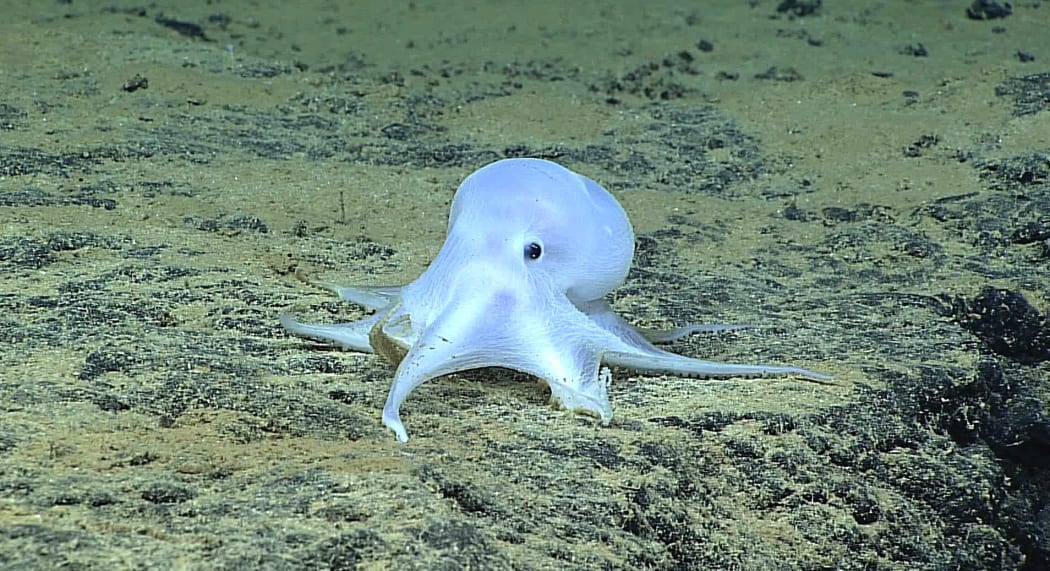
An Octopod in the Papahanaumokuakea Marine National Monument Photo: NOAA Office of Ocean Exploration and Research
"We do not believe the expansion is based on the best available scientific information," said Kitty Simmons, the executive director of the Western Pacific Regional Fishery Management Council, the organisation responsible for the United States' fisheries in the Pacific. "It serves a political legacy rather than any conservation benefits to pelagic species such as tunas, billfish, sea turtles, seabirds and marine mammals."
Ms Simmons also issued a sharp rebuke towards the Pew Charitable Trusts, an environmental NGO that was heavily involved in advocating for the monument's expansion. "The campaign to expand the monument was organised by a multibillion dollar, agenda-driven environmental organisation that has preyed upon the public's lack of understanding of ocean resource management issues and utilised influential native Hawaiians and several high-level politicians to lead this initiative," she said.
The council had argued that the expansion would threaten access to fishing grounds for what it considered one of the world's most regulated fishing fleets, which would impact revenue.
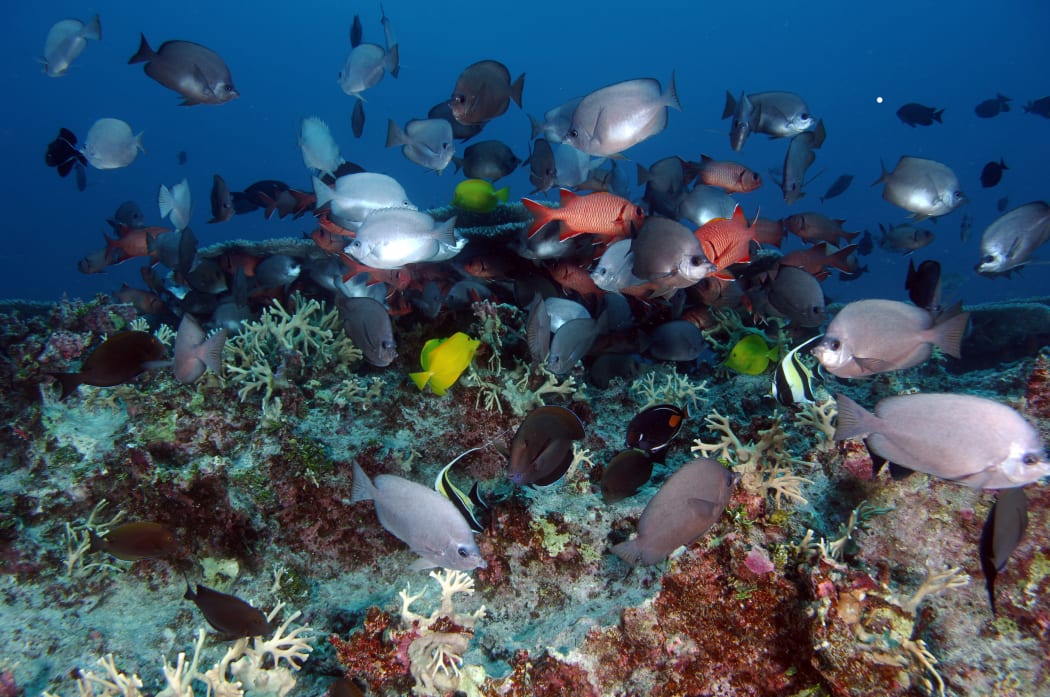
Teeming reef scape in Hawaii's Papahānaumokuākea Marine National Monument. Photo: NOAA, Papahānaumokuākea Marine National Monument
However, US government officials estimate that only five percent of commercial fishing efforts would be displaced, as most longliners catch about half their annual quota in international waters.
Mr Aila said fears that the sanctuary would harm the economy were unfounded.
"We believe the impact will be minimal," he said. "Many of us believe that that five percent of the quota that came from that area is an investment for our children and grandchildren. So it is a worthy investment to make on their behalf."
Mr Aila said the expansion of the monument was the result of years of hard work and perseverance. Brian Schatz, the senator from Hawaii, said Mr Obama's declaration would only be the beginning.
"We will need to follow through with management, research, educational opportunities, and enforcement. This declaration sets us on a strong path forward for our irreplaceable environment and the generations to come."

